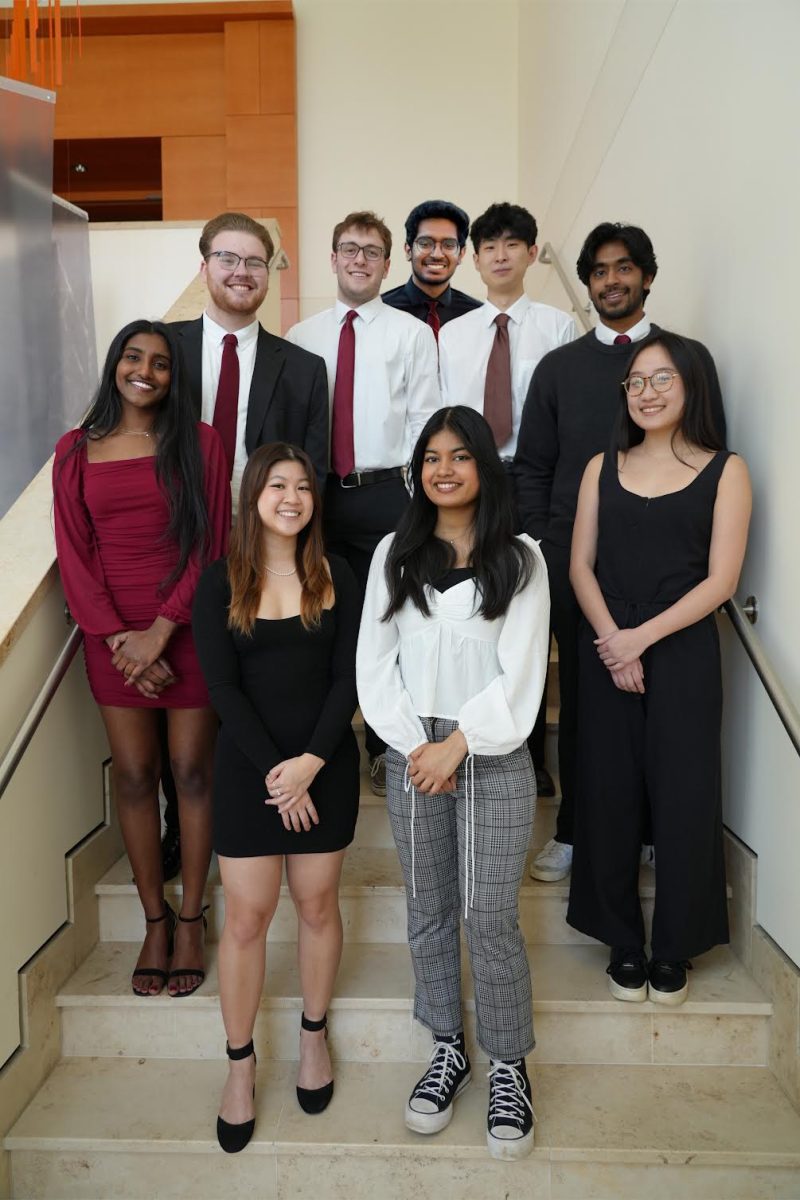Thanks to a $2.99 million grant, graduate students will analyze the scientific equivalent of how risky it is to bring their grandmas to a T.I. concert.
A new program called Risk Analysis for Introduced Species and Genotypes will focus on teaching students how to better analyze the risks involved with introducing a species to a new environment. Students will also look at genetically modified organisms and how they affect an environment.
The National Science Foundation approved the grant over the summer, and program director Ray Newman said he expects the program to be approved by the Board of Regents next month.
Because the program isn’t yet approved, students have begun taking substitute classes this semester. When students complete their training they will receive a minor in risk analysis for introduced species and genotypes.
Newman said the students will be asked to do more than take notes and read textbooks.
Trainees will have opportunities to work with national agencies, such as the U.S. Fish and Wildlife Service and the U.S. Geological Survey on relevant environmental issues, Newman said.
“This is going to give students an appreciation for some real-world problems and how to deal with them,” Newman said.
Graduate student Gina Quiram has started her coursework for the program and said she’s ready to start applying lessons learned in the classroom to real-world issues.
Quiram and a few other students are starting a case study on bio-controls – the reduction of pest populations by natural enemies – for garlic mustard.
“So often there’s a separation between practical application and academia. … This program is so focused on more manageable and implementable solutions to problems,” Quiram said.
The program is interesting because students from a variety of academic backgrounds are involved, she said.
“We all bring in some really different ideas and perspectives, which makes the program stronger, I think,” she said.
Graduate student Karrie Koch is also enrolled in the program and said she thinks the training gives her a new perspective on things she’s previously learned.
“This will help my training as a scientist because it will allow me to see not only the scientific aspects of the problem but also the social implications and the economic implications,” Koch said.
The program is important for the students involved and equally important for the University and the scientific community, principle investigator for the program David Andow said.
“Invasive species are considered one of the biggest risks to the environment these days,” Andow said.
Newman said introduced-species issues will continue to be relevant due to increased trade and globalization. Billions of dollars are spent every year to fix problems with introduced species, he said.
“That increased interaction and movement just increases the likelihood of an organism escaping or something being introduced,” Newman said.










